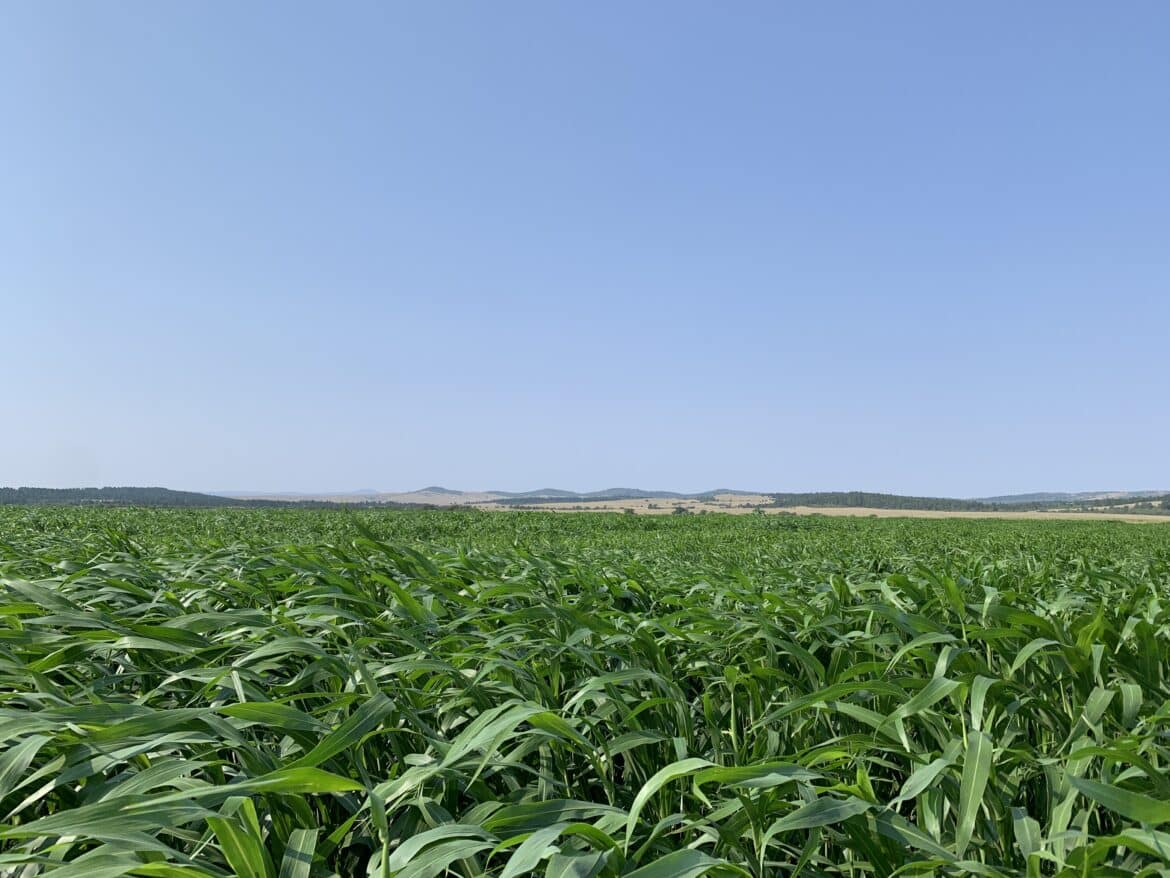SPONSORED- As we move into the heat of summer, producers across the country will be filling their drills with seed once again. The most popular summer forage options year-after-year are from the sorghum family, but the number of options within this category can be intimidating. Let’s break down the sorghum options to the basics to make the selection process a little easier:
Grain Sorghum
Grain sorghum (or Milo) is the cash grain option in the sorghum world. Short (3-5 foot) plant height, and a large grain head are the signature visual traits of these hybrids. The only recommended use is for grain production or wildlife habitat, but these hybrids are sometimes chopped or baled for forage as well. As you move west in the Dakotas, Nebraska, Kansas, and Colorado – grain sorghum begins to compete with corn for dryland acres as a cash grain. Select a hybrid with suitable maturity for your region, elevation, and yield potential.
Forage Sorghum
Forage sorghums are hybrid sorghums developed for massive dry matter yields. Depending on the hybrid, plant height may range from 6-12 feet or more. Forage sorghums are used primarily for silage production but can be grazed or baled for dry hay if plans or conditions change. Regrowth is minimal on forage sorghums, so plant with the intention of a single cutting. Select hybrids based on growing conditions, forage quality goals, and season length.
Sorghum x Sudangrass
Sorghum x Sudangrass hybrids are the most popular forage option in this category – for good reason. They provide big dry matter yield potential and quality like a forage sorghum, but with a finer stem and aggressive regrowth potential like a sudangrass. This brings a ton of versatility for hay, silage, or grazing and the option for multiple cuttings in a season. Select hybrids based primarily on intended use, with a consideration for season length.
Sudangrass
Sudangrass is, of course, the other half of the parentage in the popular Sorghum x Sudangrass hybrids. Sudangrass on its own is available in conventional and hybrid (sudan x sudan) form. Sudangrass will be finer stemmed than Sorghum x Sudangrass and exhibit excellent regrowth potential. This makes it a great option for dry hay production, but Sudangrass is also suitable for silage or grazing use. Select based on intended use and forage quality goals.
One of the biggest differentiating factors listed for every hybrid is BMR vs. Non-BMR.
BMR Trait
There are several factors that differentiate hybrids and need to be considered in selecting a Sorghum or Sudangrass product: Regrowth, standability, yield potential, drought tolerance to name a few. However, one of the biggest differentiating factors listed for every hybrid is BMR vs. Non-BMR.
BMR (Brown Midrib) is a trait that can be displayed in Sorghum, Sorghum x Sudangrass, as well as Sudangrass hybrids. It results in a lower level of lignin in the plant which increases whole plant fiber digestibility and overall forage quality. There’s a very strong argument for the increase in palatability and grazing utilization that is seen in BMR hybrids as well. This trait is important to consider in making a hybrid selection as it impacts both plant and animal performance as well as input cost.
As you put together your summer forage plan this year, make sure you visit with a trusted agronomic or nutritional representative to gain perspective and make an informed decision.



